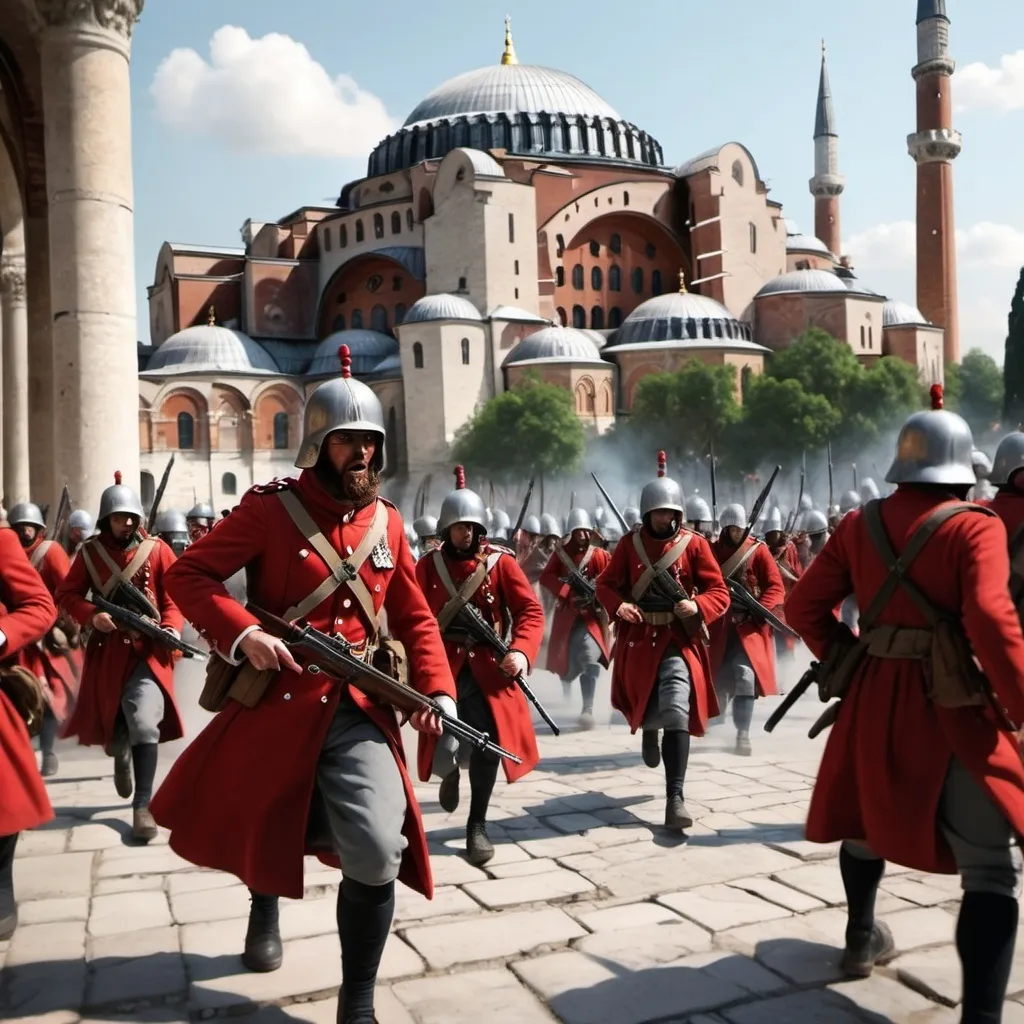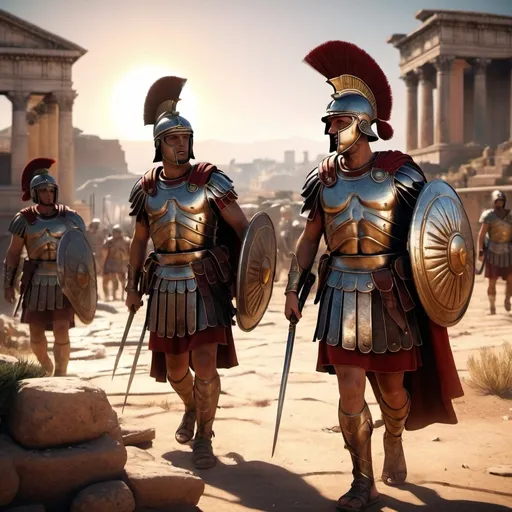D
Daeho Ro
Model: OpenArt SDXLSampler: DPM++ 2M SDE Karras
Prompt:
"Battle scene in the style of war reportage art.
British Red Coat infantry are advancing on front of Hagia Sophia.
Scale: 7
Steps: 25
Seed: 889900766
Width: 1024
Height: 1024
Create your first image using OpenArt.
With over 100+ models and styles to choose from, you can create stunning images.




